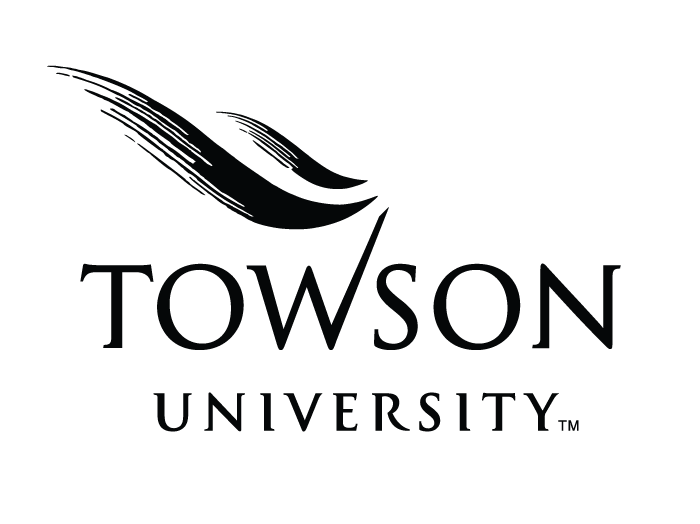A check-up usually tells us whether we’re as healthy as we feel, whether there’s anything that needs to be addressed immediately, and of course, how we could take better care of ourselves. A check-up is how Towson University Interim President Timothy J. L. Chandler labeled his fall town hall meeting Wednesday afternoon and, in a nutshell, that was its purpose.
Wednesday’s event was the second installment of a gathering Chandler favors for its relative informality. Before a Potomac Lounge audience comprised almost entirely of faculty and staff, together with a sprinkling of students, Chandler started by praising both the quality and volume of the work they put in.
“I am staggered by the information that comes across my desk as to what is happening on this campus,” he said.
If there was a shift from the last town hall’s focus, it was in Chandler’s attention to how faculty and staff are coping with their workloads. The size of the employee population has not appreciably changed, but budget constraints have forced the university to do more with less in every area.
Chandler asked his audience to share with him where and how the university can help its faculty and staff reduce stress and time commitments by clarifying the priorities of the institution and, implicitly, reducing workload that doesn’t contribute to those priorities.
The priorities, Chandler noted, generally align with those of the University System of Maryland, now headed by former Towson President Robert L. Caret: student success, academic innovation, and economic development.
“I’m pleased to say that we’re deeply involved in all of those things,” Chandler said about those System goals, as Caret begins a statewide bus tour to visit all 12 USM campuses. “So we’re right on-course.”
However, Towson’s goals, as Chandler sees them, also involve balancing the explosive growth of the institution with the needs of its students. While Towson celebrates its 150th year and now claims fully 150,000 alumni, nearly half that alumni population has come since 2000. This fall, 22,284 students were enrolled on a campus that houses about 5,000.
That rapid growth, without new construction on campus — apart from the College of Liberal Arts building and the West Village Commons — presents unique challenges to the way the university can accommodate and educate its burgeoning population. Efforts to secure funding for new science and health professions buildings met with another year of deferral from lawmakers in Annapolis last spring; the university will continue its push in the upcoming General Assembly session.
The university’s five-year master plan is set for approval by the USM Board of Regents Friday and includes long-term plans to deal with physical plant concerns.
Beyond academics, there is a concerted effort at engaging students and continuing that engagement after the degrees are conferred. It is partly a stewardship to increase alumni giving participation, which currently stands near four percent as compared to the 10 percent the interim president cited for peer institutions. Donations to Towson support everything from scholarships to clubs, enriching the student experience which, in turn, leads to better connection between alumni and the university and yields higher levels of giving.
Chandler noted that there is a fresh evaluation of how the university stewards its alumni—a population that is far more impressive than most might realize.
“We just had a gathering for five young alumni who, I have to say, made me feel like an absolute slouch at the things they had achieved,” Chandler remarked, referring to the annual Young Alumni Awards that honor the exceptional accomplishments of those who have graduated in the past 15 years.
Just as impressive are the university’s current students, including five who have applied for national Rhodes, Marshall, and Schwartzman scholarships. Those distinctions help elevate the profile of a university while enriching the young men and women who win them.
While the university recognizes its students and its graduates, it is also commemorating its 150th anniversary in higher education with a year-long celebration that puts those people at the forefront of the university’s identity. With banners on downtown lightposts and MTA buses, Towson is reaching new heights in recognition and distinction off-campus.
“We are a place that is very much on the rise,” Chandler noted, recounting conversations he has had as a public ambassador for the university. “People are taking notice.”
The question-and-answer portion of the meeting brought comments about everything from retired faculty engagement to sustainability efforts and community outreach to guidance for junior faculty in pursuit of tenure.
While the university awaits a permanent president, Chandler remained measured in his promises. But he didn’t hesitate to ask for help with the overarching goal for Towson.
“We’re the second-biggest (USM institution), but the real joy will be in being the best,” he said. “Perhaps going forward we can be a little less humble and just a bit cocky, as the British like to say. We are very good but we can be great. Help me get there.”
